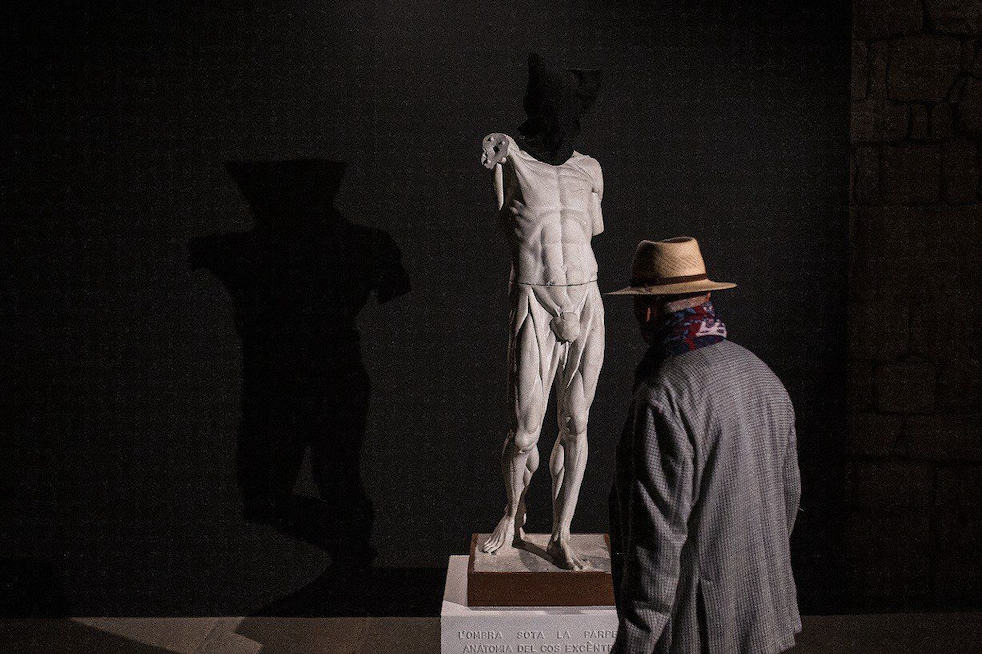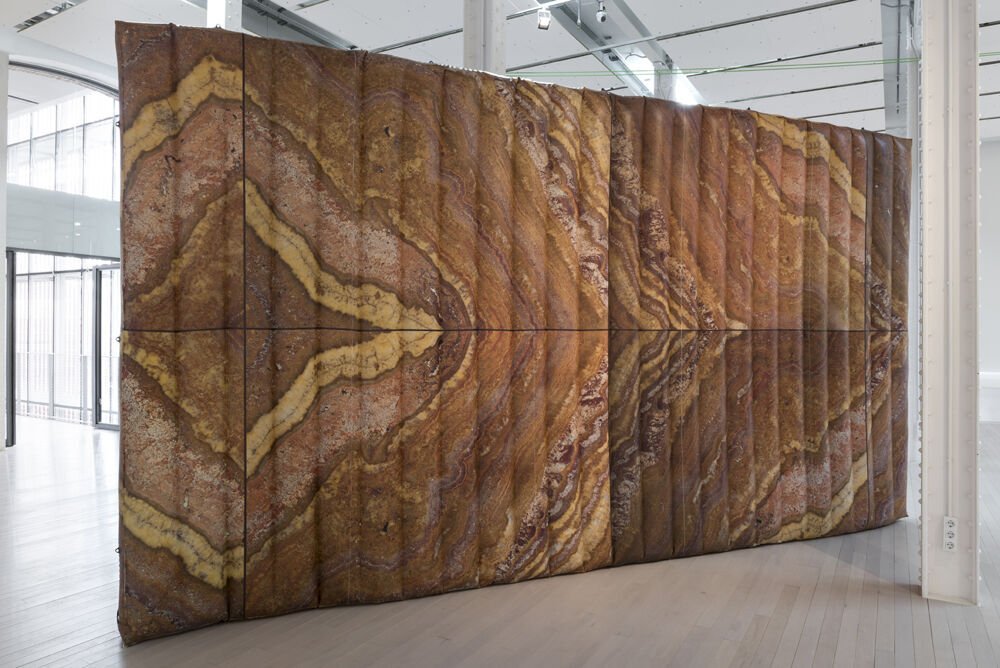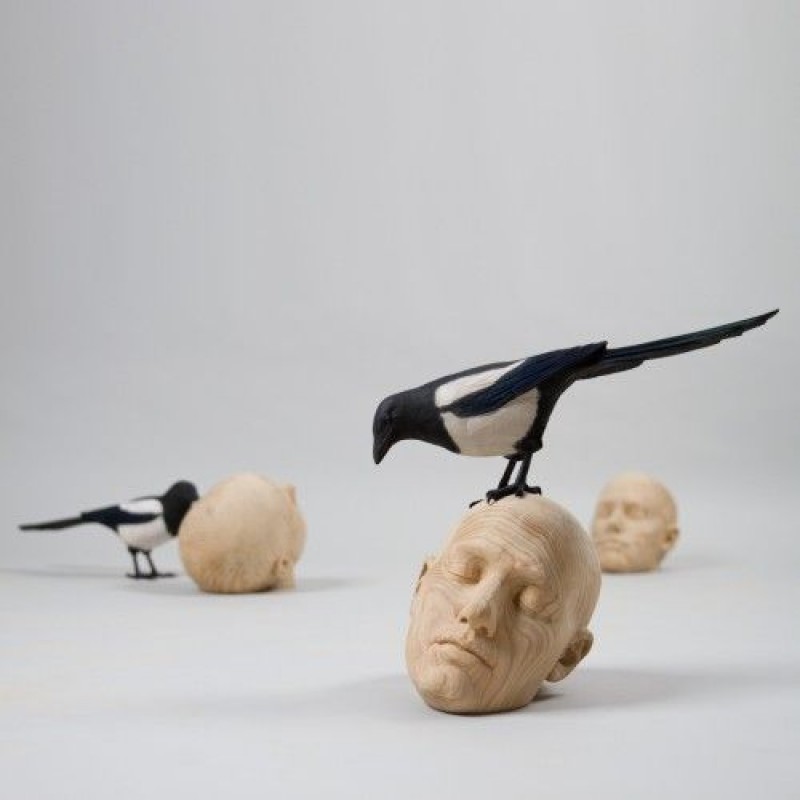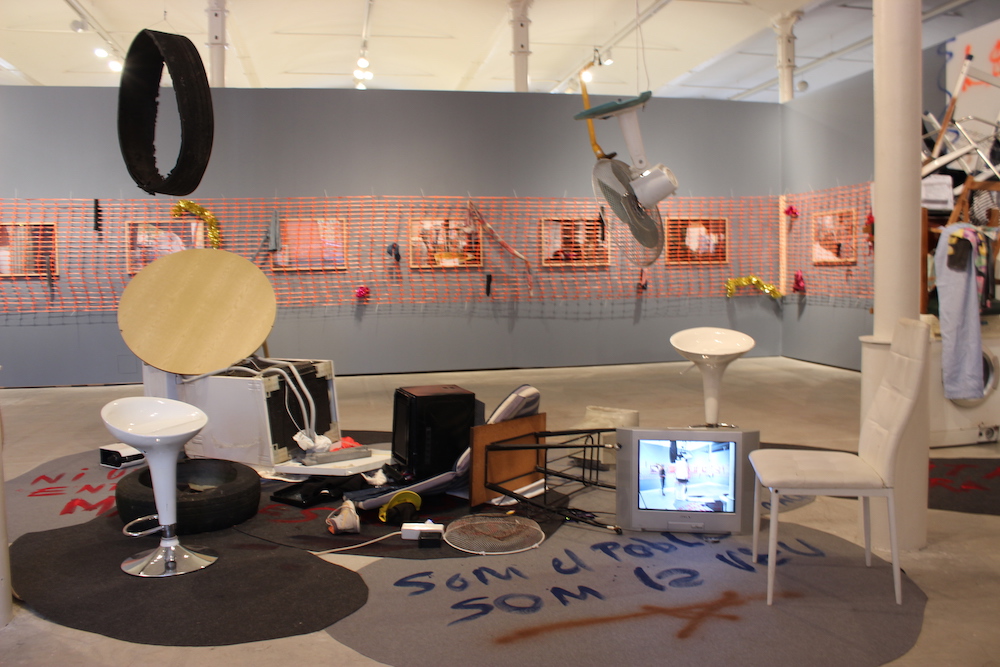Opinion
(Critical) state of the visual arts
The visual arts is a wide and heterogeneous sector, in which classic disciplines such as painting, ceramics, photography and drawing coexist, with other emerging ones linked to new technologies, such as video art. However, given the eloquent figures, the situation remains critical
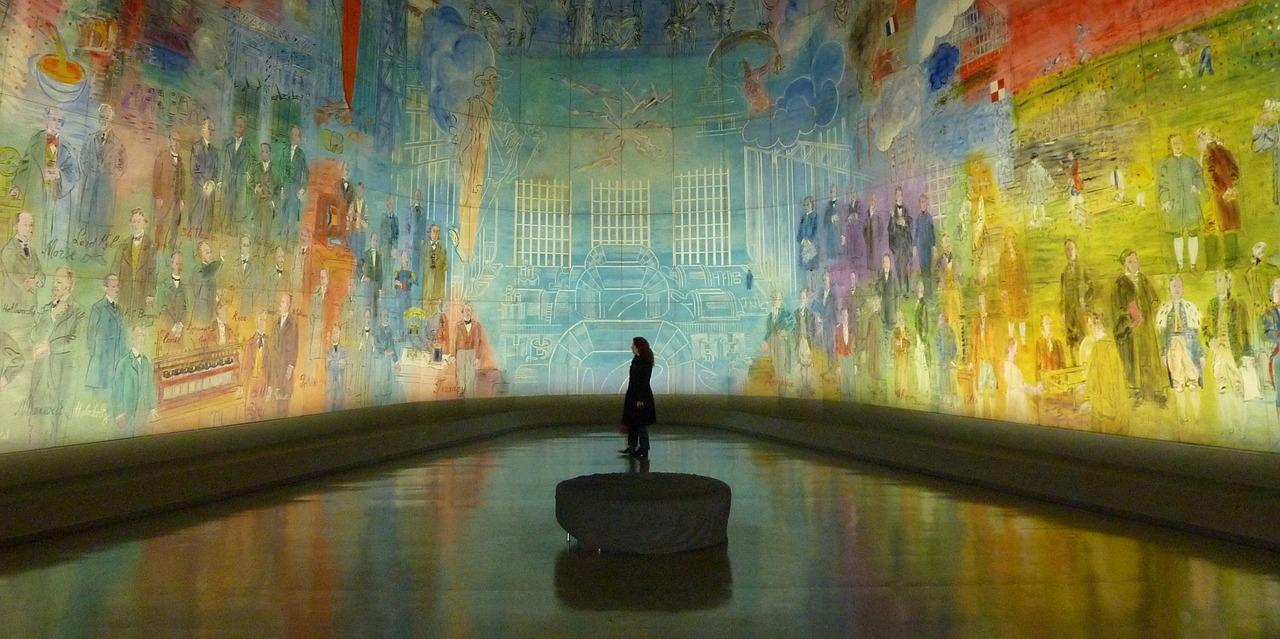
In the conversations in the corridor - where, according to Cioran, the raw truth surfaces -, a tone of helplessness and affliction has reigned for some time, in the visual arts. The economic precariousness, the fake self-employed, the low-cost commissariats... There is no shortage of reasons to complain about a situation that is throwing a large part of the sector, as Iván de la Nuez recalled, into cultural indigence.
However, we have become accustomed to complaining in a rather emotional and unstructured way. We devote ourselves above all to lamenting the effects of this gray reality, but too little to detect its causes, record its constants and glimpse possible exits. In this, other sectors such as theater or music give us a few points of advantage.
According to the Culture and Arts Report (Conca, 2021), nearly 26 million visitors have passed through the country's museums and art centers. In contrast, 9.5 million users have passed through the libraries; for the theatres, 3.5 million visitors; for concert halls, 5 million spectators. There are even more museum users than cinema users (20 million).
They will tell us that we are a marginal, poor and elitist discipline. Well, according to the latest Idescat report, the visual arts sector in Catalonia employs twelve thousand workers (10% of the total culture), as much as architecture (10%) or as theater and music together (10.5%). A sector that has grown in employment by 30% since 2015 and even also in business volume (10% of all culture in the country, doubling the business of theater and music combined).
Faced with these eloquent figures: what is the investment in visual arts that the Generalitat dedicates? In the latest report in which Idescat publishes sectoral investment figures for cultural areas (2018), in the Programs section, it is detailed that the visual arts received 3.8% of total investment, which contrasts with 10% of music, 11% of theater or 8% of the film industry. The associations of the sector have asked for a justifying or updated response to this reality, but it has not yet been given to us.
Despite the fact that there have been signs of improvement since 2018 (1.5% culture, the National Art Collection), the situation remains critical. Regional art centers are once again facing budget uncertainty; the subsidies that have been increased are 50%; artists do not sell or can afford regulated work studies; critics and curators work under economic conditions that cannot be considered professional. The money, the little there is, is not reaching the bottom of the chain: where the content is cooked. Where artistic thinking is being educated and transmitted to the public.





